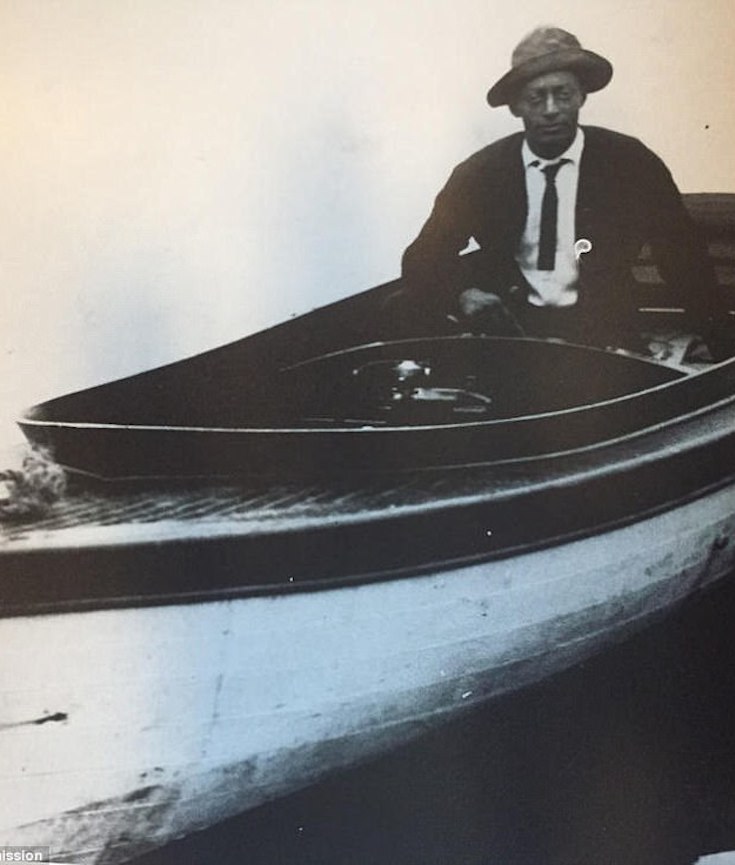[dropcap]Despite[/dropcap] the end of slavery by the Emancipation Proclamation in 1863, strong prejudices were still held across the nation, especially in the often exclusive beach resort towns favored by the white and wealthy.
Abolitionist and activist Frederick Douglass’ youngest son established the first African American beach resort in Maryland in 1893 after being denied entry from a Chesapeake Bay restaurant because of his race.
Others took note – and black beaches began to spring up across the East Coast. The foundation of historically black beaches provided a platform for the development of an African American identity in the United States – one that stretched from post-Civil War America to the Jim Crow era through to modern society.
‘These were very important spaces when it comes to the formation and the transformation of black culture, and ultimately how that came to influence American culture in general,’ author and historian Dr Andrew Kahrl told DailyMail.com.
As time passed, the struggle to hold on to the culture and authenticity the beaches were founded upon has been a pressing issue that only a few have been able to maintain – but the areas remain hugely significant in the history of African Americans and their strive for equality.









STUDIO MUSEUM IN HARLEM | HARLEM, NY
The Studio Museum in Harlem is the nexus for artists of African descent locally, nationally and internationally and for work that has been inspired and influenced by black culture. It is a site for the dynamic exchange of ideas about art and society.charter members. The Museum opened to the public on September 24, 2016, as the 19th and newest museum of the Smithsonian Institution. (Website).


You must be logged in to post a comment.